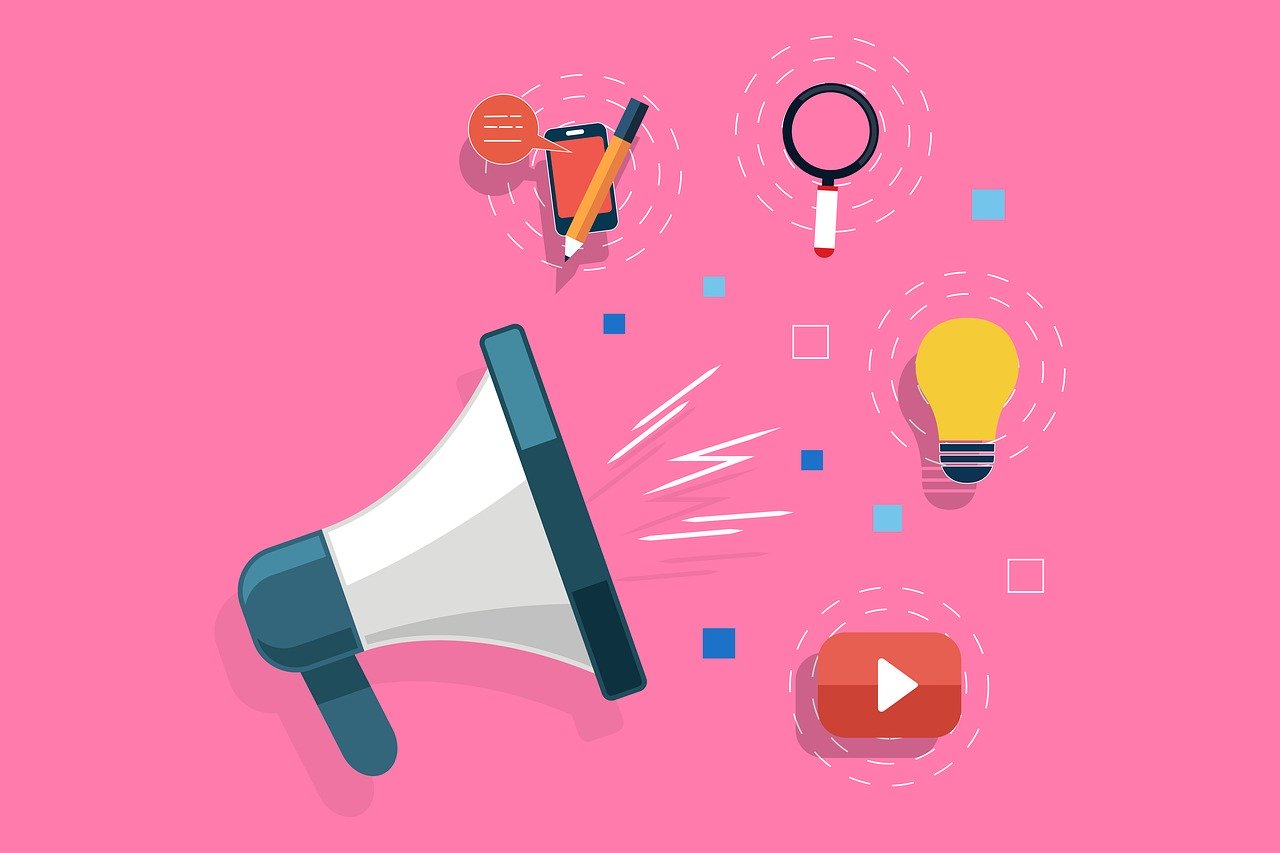“Content marketing is the gap between what brands produce and what consumers actually want.” – Michael Brenner (Content Marketing Leader)
Everyone is familiar with the phrase “content is king” as it is one of the key factors driving the digital business economy. Keeping your targeted audience educated and informed is the key purpose why one should craft unique content.
The role of content is much more than educating your audience as it can let you grab 5000 leads in a month! But this isn’t any false claim as according to Marketing Charts, interactive content plays a vital role in engaging with potential buyers and 42% of the respondents feel that such content helps a brand in acquiring leads.
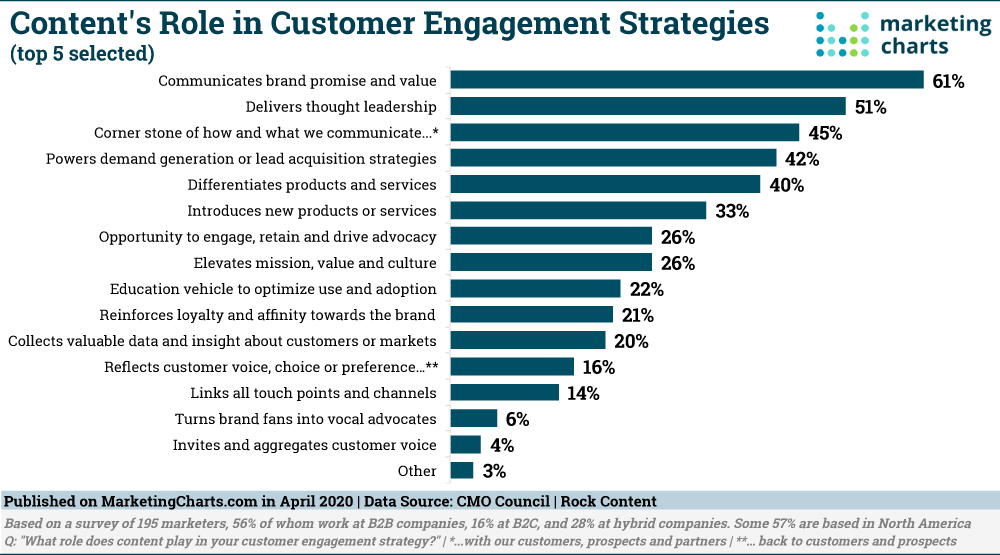
Yes, unique content has the potential to pull quality leads to your doorstep but it’s not that easy as only creating content wouldn’t be enough. Rather, you need to have a solid content marketing strategy that can act as the focal point for your brand’s seamless digital transformation.
Now, what’s a content marketing strategy? So, let’s first understand its meaning and later get an idea of how you can leverage the same to grab quality leads for your business.
A content marketing strategy is a holistic approach that is developed to create and distribute relevant content and drive targeted audiences from the top of the sales funnel to the bottom for driving the desired action.
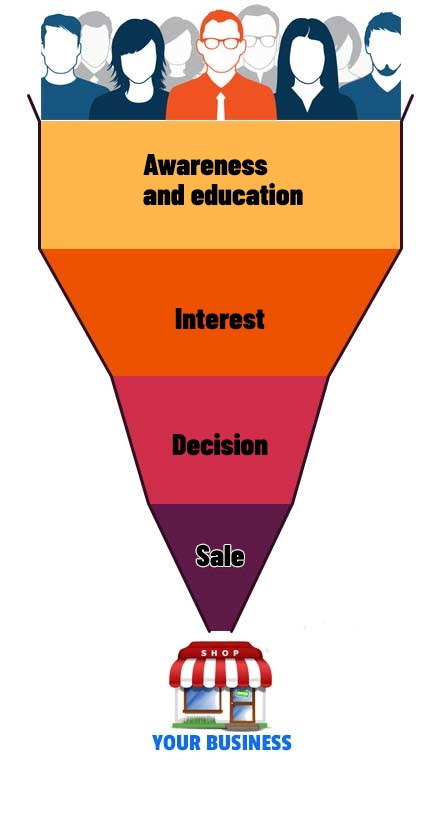
The sales funnel might look easy but composing unique and informational content for each of the different stages isn’t that simple and here most of the modern marketers fail to convert prospects into leads.
To achieve success with content marketing a documented strategy plays a vital role. According to a CMI study, more than 70% of respondents agreed that strategic content marketing efforts helped them in increasing the number of leads.
But the question is how to go step-by-step in creating a content marketing gameplan to acquire quality leads for your business. Want to get an idea? Let’s explore some of the key ways in which you can generate like 5000 leads with content marketing in a month:
1. Getting An Idea Of The Profile Of Your Potential Customers Must Be Your First Step
How can you create relevant content without knowing your potential customer profile? Makes sense, right? So, the starting point should always be understanding your buyer persona or avatar which includes their age, demographic details, gender, preferences, pain points, etc.
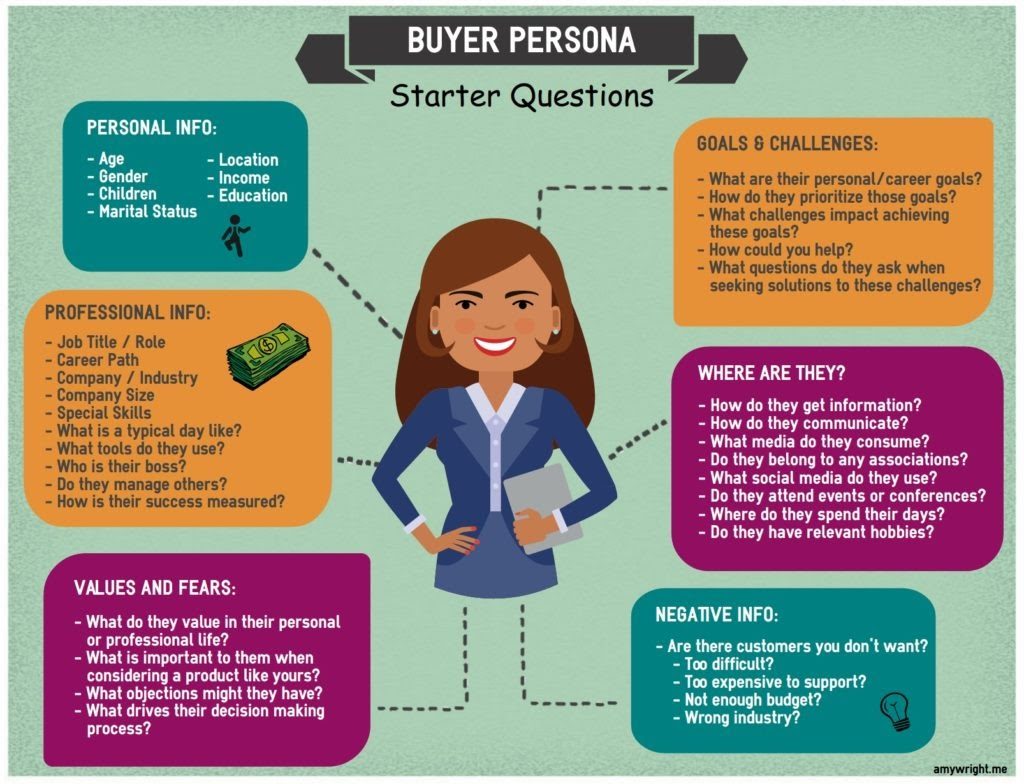
Having an idea of your buyer persona lets you create relevant content and attract the right leads. For coming up with a precise buyer profile for your business there are numerous tools that you can use such as Make My Persona by HubSpot, Survey Gizmo, Quantcast, and Facebook Ads Manager.
Facebook Ads Manager has a feature called Facebook Audience Insights comes handy when doing your customer profiling:
- It allows you to filter your targeted audience based on a variety of factors like demographics, age, gender, etc.
- It helps in better targeting and lets you keep your potential buyers engaged by sharing customized content to suit their specific interests and converting them into leads.

2. Plot Your Customers’ Journey Cautiously To Empathize With Them & Create Even Better Content
Once you are done with creating a precise buyer persona, the next step should be mapping out your customers’ journey to understand what your prospects go through when assessing your products and services.
As per Business2Community, approximately 50% of marketers craft content based on the specific stages of the buyer journey for offering them a seamless experience.
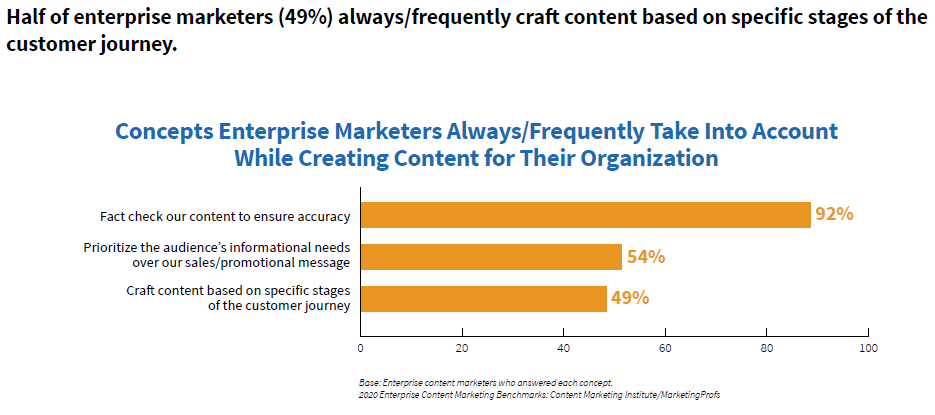
As we have seen above, a potential buyer goes through different stages before making a final decision like awareness, interest, consideration, and purchase. Also, not every prospect of yours will follow this exact path but mapping out the journey has the following perks:
- Walk into the buyer’s shoes and create relevant content tailored to suit different audience sets exploring different stages of your sales funnel.
- Identify the interactions and touchpoints that are the most essential to success.
According to GetVoIP, if you want to grab quality leads for your business with content then you must craft relevant content for all stages in your buyers’ journey and chalk out a solid business plan for mapping their personas, funnel stages, and analyzing the outcomes.
3. Identify Commercial Keywords To Track What Your Prospects Intend To Purchase
If you are into content marketing then you must have heard so much about keywords being the bridge between what your targeted audience is looking for and how are you fulfilling that need with your content.
But the real challenge is to spot the right kind of keywords that can help you reach out to the prospects who are interested in buying your products or services. To fix this let’s first get an idea of the types of search queries a prospect might have:
- Informational: Focused on learning more about a particular topic
- Navigational: Efforts made to locate a specific website
- Transactional: Search queries that are performed exclusively to purchase something

You have to focus on the last category of keywords that have some commercial intent in them. So one must try to identify all such keywords that could range from buy now to discounts and free coupons to deals.
To find such keywords you need to use certain tools like Google Ads Keywords Planner where following steps must be taken and everything will be sorted:
- In the search box, type your primary keyword, for example, cleaning services in a city of your choice
- Click on the “Get Ideas” button and you will be provided with a variety of different keyword ideas based on your search query

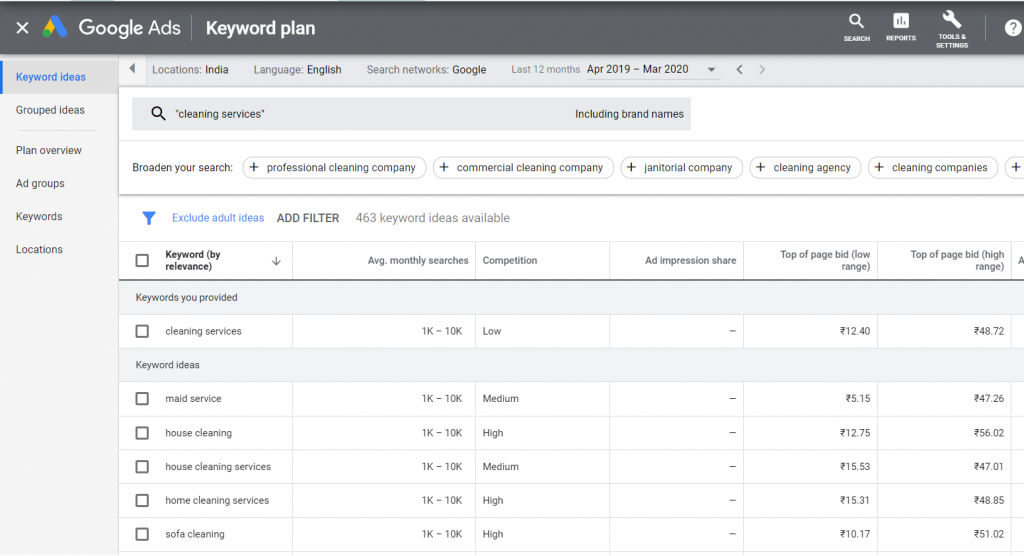

Besides, you can also conduct surveys or interviews to get an idea of commercial keywords in your niche. Remember to keep a few key areas of your targeted audiences in mind when doing these surveys:
- Demographic details
- Life objectives
- Job roles and responsibilities
- Pain points and common objections
- Terms that have been used frequently when interacting with your customer support team
4. Determine The Kind Of Content You Would Want To Publish Along With A Robust Content Upgrade Plan
After you are done with creating your buyer persona and mapping out the customer journey, the next big thing on your plate should be identifying the type of content that would be appropriate to your targeted prospects.
As per Brian Clark of Copyblogger, one shouldn’t dive into directly selling to every audience member who engages with their content. Instead, using a variety of strategies including both direct and indirect should be the key approach to make a case for the offer when the time is right.
Creating content solely to trade your products or services might look too pushy. Also, the online landscape is flooded with numerous content types and it might be overwhelming for one to determine which one would serve their target audience the best.
But as the ultimate goal is to sell and hence you need to do it subtly:
- Identify the awareness levels of your targeted audiences based on how much of your content they are consuming and to what extent you are selling them the offer. Let’s get an idea of the different awareness levels of your prospects:
- The most aware audiences who are already your customers.
- Product aware prospects who are familiar with your offer but still unsure whether to pursue the same ahead or not.
- Solution-aware audiences who might be subscribed to your blog but unaware of the fact that you provide a solution to their specific problems.
- Problem aware people who have an idea that they are dealing with a particular problem but aren’t aware of your existence.
- Completely unaware prospects that comprise the typical cold social media traffic which might like your stuff but just for the sake of responding.
- Based on different awareness levels you can come up with different types of content. One of its examples is shown in an article by Digital Current:

Amongst so many content alternatives it’s up to you to cherry-pick the ones that look more appropriate for lead generation in comparison to others. Let’s simplify your task by focusing on two key categories of content:
- Lead generating content or the lead magnets
- Traffic generating content
So, What Are These Lead Magnets?
The sources of content that you give to the prospects for free in return to their email addresses are known as the lead magnets. There are a variety of “freebies” that you can offer as lead magnets to your targeted audiences such as:
- eBooks
- Webinars
- Discounts
- Coupons
- Free reports
- Quizzes and challenges
- Checklists, workbooks, worksheets, cheatsheets
- Audio CDs and training
- Email courses, video, and online mini-courses
- FAQ sheets
Irrespective of what form of a “freebie” you choose to make sure it is:
- Precise and accessible immediately to the leads
- Solves a specific pain point of your targeted audiences
Let’s look at a lead magnet example from Kapost:

Besides, you can use Facebook Audience Insights to come-up with relevant ideas for creating lead magnets by understanding the buying habits of your potential customers. Also, many tools that can help you in creating unique lead magnets like Canva, Google Docs, and Photopea.
What’s Traffic Generating Content?
It’s impossible to generate leads without having considerable traffic on your website. So, keeping some of the below-mentioned traffic-generating content in your marketing bucket is vital:
- Videos
- Infographics
- Podcasts
- High-quality images
- Blog posts
- Guides
- Book or product reviews
- How-to’s
- Listicles
- Social media posts
- Case studies
- Interviews
- Data-driven and research-backed content
It’s better if you study your buyer persona cautiously and keep both the lead and traffic generating content in your digital marketing arsenal for driving maximum results. Also, you can leverage any white label software such as Vandasta to help you in:
- Maintaining your monthly content calendar
- Planning your social media posts and blogs
Using these platforms can help you in keeping your targeted prospects engaged by offering timely and relevant content.
What About The Content Upgrade?
If you already have a lot of content then doing upgrades should be a regular exercise for you. A content upgrade is to provide your targeted audiences with a highly specific bonus content aligned with a particular previous article on your blog.
The key purpose of such upgrades is to double the email opt-in rates. Brian Harris reported an increase in conversion rates up to 62% when he introduced content upgrades to his blog. But how to do content upgrade? Let’s explore the answer:
- A PDF version of one of your previously organized webinar
- A checklist of the key points discussed in one of your earlier blog posts
- PSD files
- Website bonus area
- Worksheets and infographics
Be exclusive and relevant with all your content upgrading strategies if you want to experience a huge increase in the number of your leads.
5. Design High-Converting & Optimized Landing Pages For Capturing More Leads
As per VWO, removing the navigation menu from the landing page helped Yuppiechef to boost conversions by 100% which is amazing! So, once your content creation plan is sorted improving your landing pages should be your next focus area.
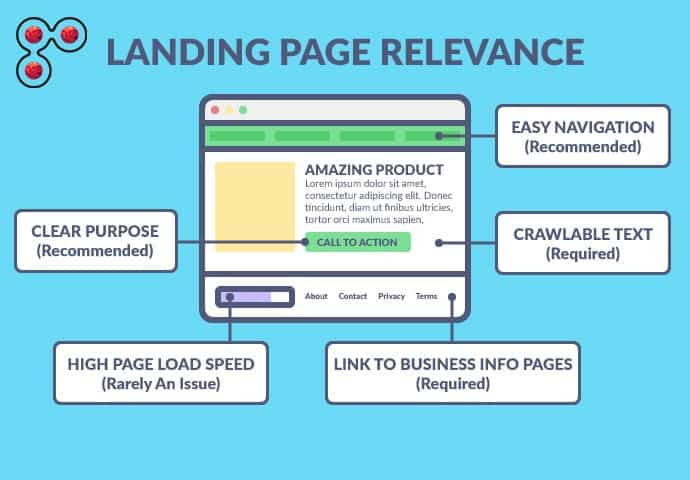
Make sure to keep the design of your landing page minimalistic and add the following key components for making the same high-converting:
- Precise headline
- Relevant Call-to-action button
- Strong copy
- Social proof like customer testimonials or number of subscribers
- Engaging images and video clips
You can also use a white label software such as Convrrt, Landingi, DevHub, etc. for creating a quality landing page for your website. These platforms can help you in designing scalable landing pages tailored to suit your specific marketing goals.
5. Cherry-Pick Your Content Distribution Channels For Garnering Optimum Exposure
Along with content creation and landing page design strategy having a distribution plan is equally important. You can pick from a wide variety of free and paid content distribution channels according to your specific needs and budget. Let’s look at some of these platforms:
Organic Content Distribution Channels:
- Search engines like Bing, Google, and Yahoo
- Social media channels like LinkedIn, Twitter, Pinterest, Facebook, Instagram
- YouTube
- Tumblr
- Google Plus+
Paid Content Distribution Platforms:
- Google Adwords
- Native ads, social media ads, banner ads, etc.
- Content discovery networks or publications
Both the sources whether organic or paid are effective but the only difference is you need to invest in the latter but they can grab traffic much quicker than the free channels. Also, you can use content syndication platforms to initiate a conversation with your prospects by publishing on Medium and uploading videos on YouTube,
Time For The Bonus Pointers
The above mentioned five points are extremely crucial when it comes to capturing more leads with content marketing efforts. But there are a couple of methods that can be the gamechanger for you:
- Composing high-converting blog posts with optimized headlines, engaging visuals, fresh information, links to high-quality resources, and relevant keywords.
- Get involved with potential buyers on channels like Quora and Yahoo by answering their questions.
Wrapping up
Generating 5000 leads with just content marketing in a month might seem a little overwhelming but, with the points, we have explored in the story proves that it’s doable.
You need to have a strategic approach and empathize with the prospects through your content for converting them into leads and ultimately the paying customers for your brand!

